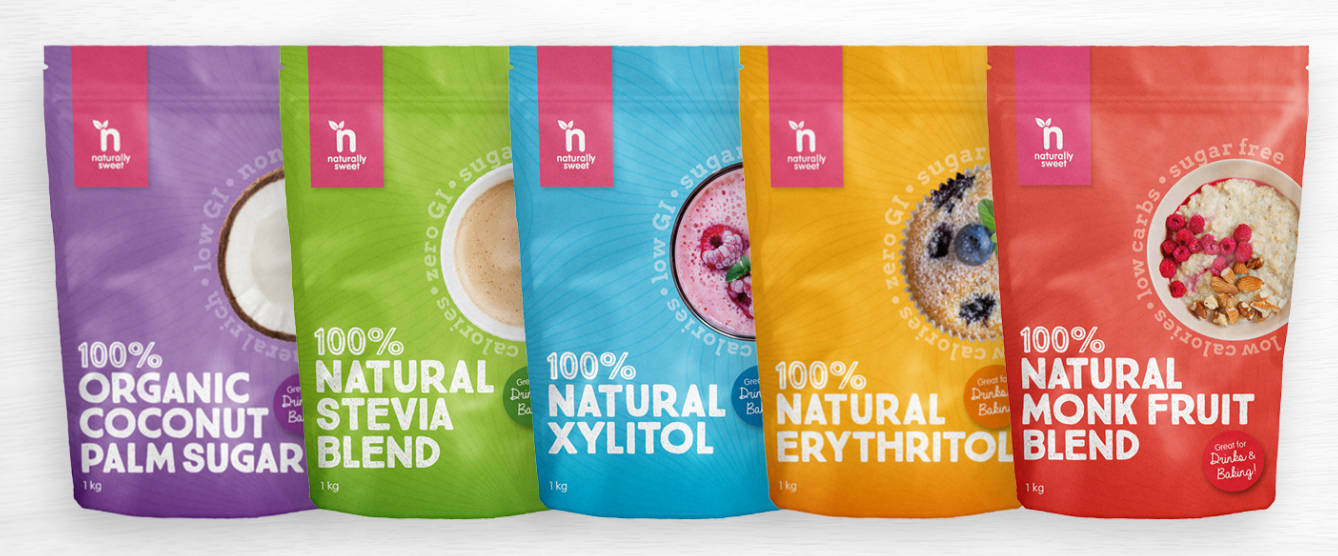Follow Karen's fantastic recipes @alowcarblowsugarlifestyle

Serve this lovely curry on top of some cauliflower rice for the perfect low carb meal. Carb it up for others that you may be cooking for, by serving with jasmine or white rice.
We think that this recipe is as good as some of the best green curry that we've have eaten.
Ingredients
- 1/2 tablespoon coconut oil
- 2-3 tablespoon Thai green curry paste-as low in sugar as possible
- 1 teaspoon minced garlic
- 900 gms diced chicken thighs or fillets
- 400 ml can coconut milk no added sugar
- 1/2 tablespoon fish sauce
- 1-2 small Thai eggplant sliced into rounds
- 227 gms can sliced water chestnuts
- 2 fresh stalks of lemon grass
- 4 kaffir lime leaves
- 1 piece dried galangal Asian ginger
- 1/2 -1 tablespoon Naturally Sweet Stevia Blend
- 1/4 cup coconut cream no added sugar
- salt to taste
Instructions
- Fry the curry paste and garlic in the oil in a medium sauce pan for a few minutes taking care not to burn.
- Add the diced chicken and cook for a few minutes.
- Add the coconut milk and all of the herbs and spices, and stir until combined. Add the fish sauce and sweetener (if using.)
- Stir through the vegetables and allow to simmer gently for about 20 minutes.
- Stir through the coconut cream and allow to heat up again before serving. Season with salt to taste.
- To serve, scatter with some basil leaves and serve with cauliflower rice or carb it up with jasmine rice.
Recipe Notes
Add your favorite low carb vegetables such as green beans, brocolli and cauliflower for variation.
Nutritional Information
Serving: 1serve | Calories: 267kcal | Carbohydrates: 4g | Protein: 30g | Fat: 15g | Fiber: 1gNote that we calculate our own nutritional values so they may not be precise. Calculate your own if desired. Carb values exclude sugar alcohols such as Erythritol, as they generally have no impact on blood sugar levels. 50% of the carbs from Xylitol is added to nutritional values. This is consistent with industry practice.




